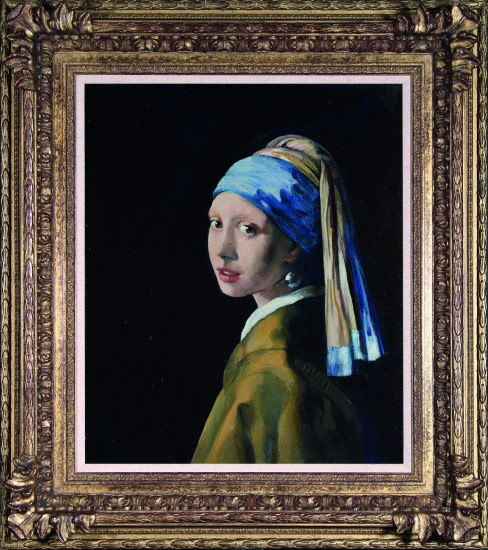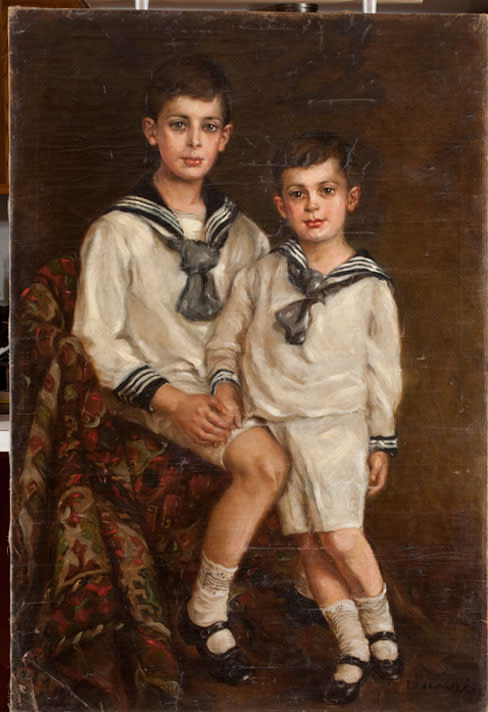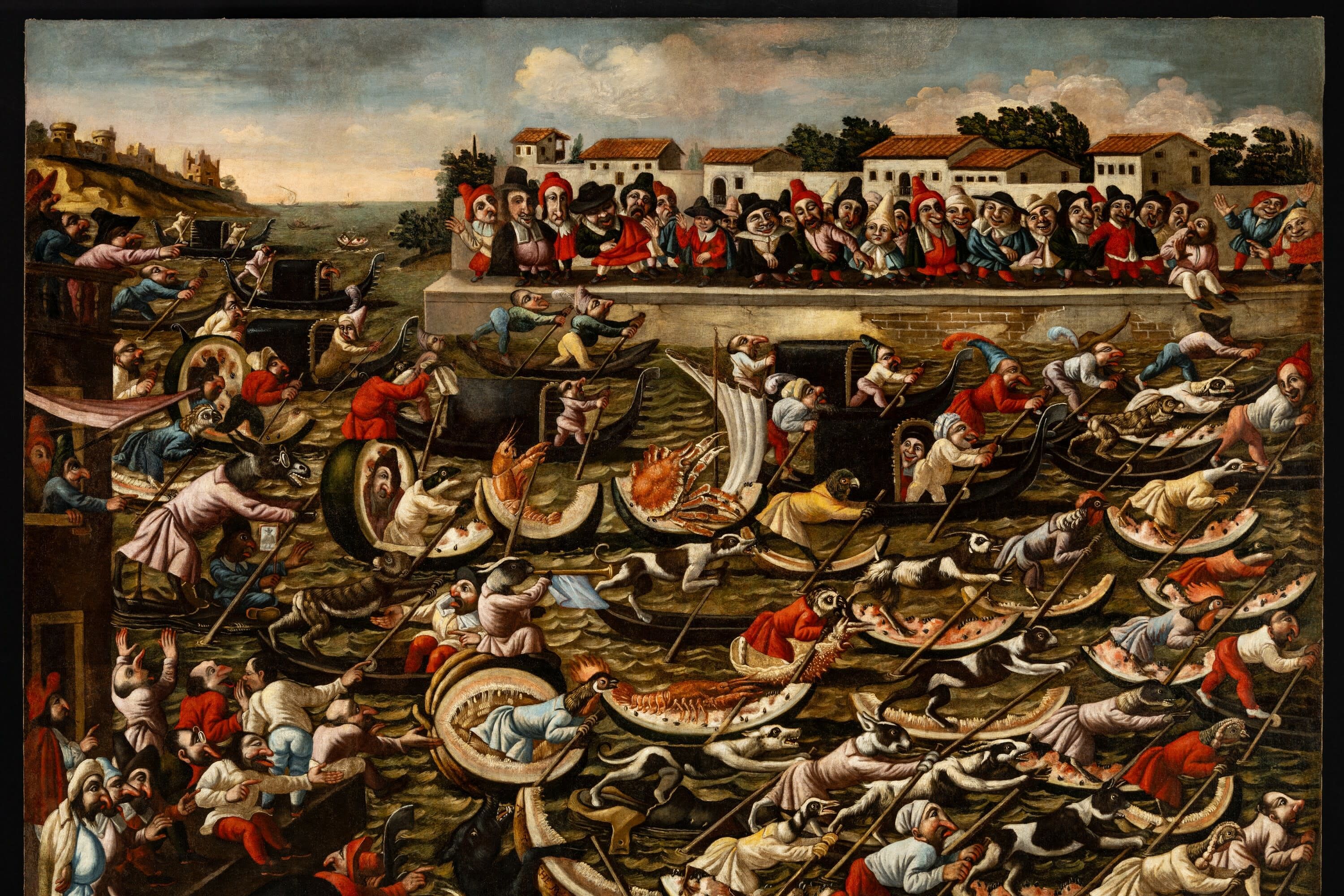Intent to Deceive: A Conversation with Ringling Curator Chris Jones

The Ringling Museum’s newest exhibit, Intent to Deceive: Fakes and Forgeries in the Art World, is one that is bound to catch the eye of not only art collectors and scholars, but also the general public. Curator Chris Jones gives us an inside look at some famous art forgers and explains the techniques used to differentiate between a fake and an original work of art.
Why do you think the exhibit is important?
It’s something museum professionals and art insiders have a vested interest in, but it’s also appealing to a general audience. It gets into both the mechanics of how art is made and how these forgeries are committed. There’s also that thrilling aspect of true crime and forensics.
It provokes questions about what we value in art. If we see a piece of art that we appreciate, why do we appreciate it? Is it purely the aesthetic joy that we get, or is it that we know it’s a Matisse? And then if we find out it’s a copy, was that experience less authentic?
What do you hope viewers will get out of this exhibit?
I want them to gain insight into what motivated some of these [forgers] and there’s an opportunity for us to play connoisseur ourselves; there are instances where we have an authentic work of art next to a fake or forged work and you can compare and contrast, but also see what makes a particular artist’s style unique, too. It’s a lot of fun.

Do you have a favorite piece?
That’s difficult. Elmyr de Hory’s fake Matisse is a great one. It’s one of the signature images that we’ve used for the exhibition; it’s a great composition and use of color. If he had presented this as his own work and we didn’t know anything about him, it would still be compelling. And it’s something he did later [in his life], when he was known as a forger and then tried to make a career for himself as an artist independently of his copies and crimes.
What was it like working with the exhibit’s other curator, Colette Loll?
She was great. She is an art fraud expert and consultant, so she works with the FBI and international law enforcement organizations. It was informative for us to get up to date on things that are going on in the world of art authentication and art forgery and crime.
Would you say these forgers in this exhibit are real artists, con artists, criminals, geniuses, or something else entirely?
A bit of everything. What [the forgers] are doing is criminal; it can damage our cultural heritage, the artist’s record and how we understand the past. Sometimes you think, “Wow, if you had devoted this much time to producing your own work, it would be so worthwhile.” [The forgers] went to great lengths to pull off these cons. And I do think we can be impressed by their abilities and the fact that they can create these works that are such wonderful copies.
How common would you say it is today to come across a fake or forged piece of art outside of museums?
Anyone who has worked in museums for any amount of time has probably come across something that is devious or sketchy. Certain artists were copied and forged more than others, like Picasso and Dali. That’s because they were both so prolific that it’s difficult to trace what is authentic and what’s not. We’ve come in contact with some of those at The Ringling. But I think for the general public going to a reputable gallery, there shouldn’t be an issue. However, if it’s somebody on the street or on the sidewalk, that might be a different story.



